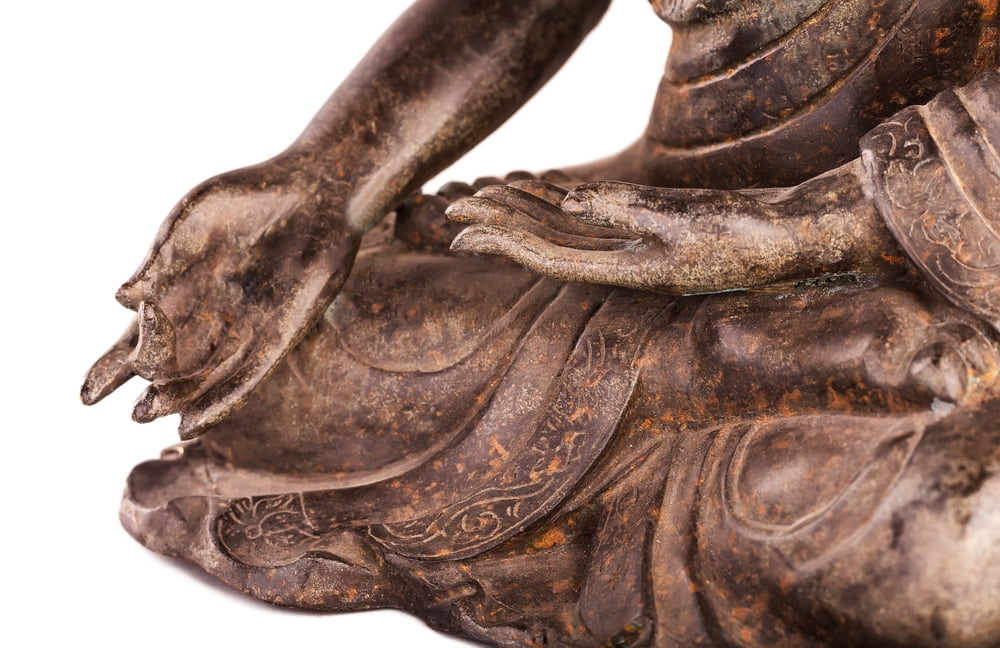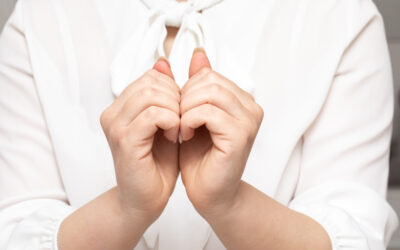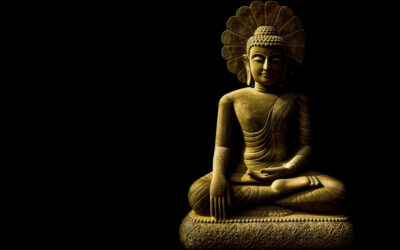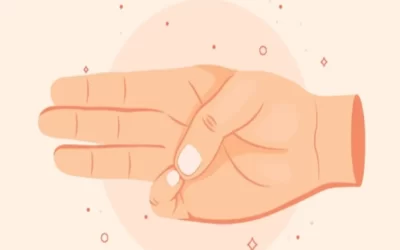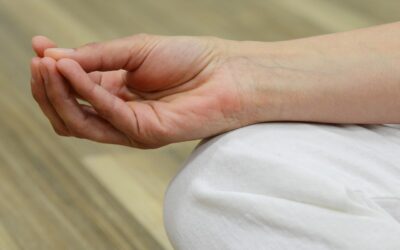The Varada Mudra which is also known as the boon granting gesture is a symbolic hand gesture commonly used in yoga and meditation practices. This mudra has been utilized for centuries to invoke feelings of compassion, generosity and openness. In this article, we will explore the various benefits and side effects as well as how to perform it correctly. Additionally, we will discuss important precautions to consider before incorporating this mudra into your daily routine.
Benefits of Varada Mudra.
1. Emotional Healing.
Varada Mudra helps in promoting emotional balance & healing. By activating the compassionate energy within, it aids in cultivating feelings of empathy, forgiveness & kindness towards oneself and others. This gesture helps to release negative emotions & fosters a sense of emotional wellbeing.
2. Stress Reduction.
Regular practice of Varada Mudra can help to alleviate stress & anxiety. By channeling compassionate energy, it helps in calming the mind & relaxing the nervous system. This mudra encourages a state of inner peace & tranquility, reducing the impact of stress on the body and mind.
3. Self Love & Acceptance.
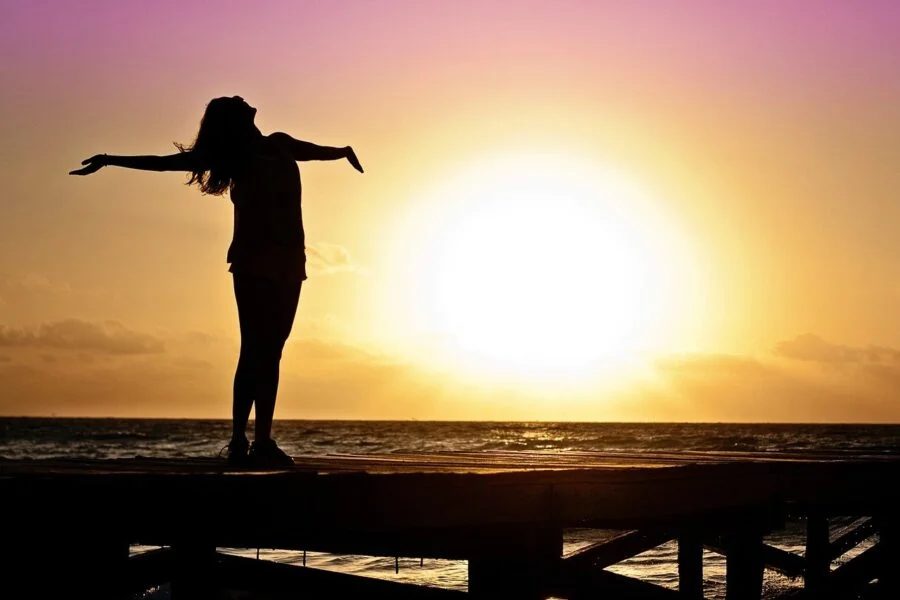
Varada Mudra assists in fostering self love & acceptance. By connecting with the energy of compassion, it promotes a sense of self worth & self acceptance. This mudra encourages individuals to embrace their flaws & strengths, leading to increased self confidence and a positive self image.
4. Enhanced Empathy & Connection.
The practice of Varada Mudra deepens one’s capacity for empathy & understanding towards others. By opening the heart center & activating the energy of compassion, it allows for stronger connections and improved relationships with others.
This mudra encourages individuals to listen & communicate with empathy, promoting harmony & cooperation.
5. Physical Healing.
Varada Mudra is believed to have physical healing properties. By balancing the flow of energy within the body, it aids in the overall healing process. This mudra can be beneficial for those suffering from physical ailments such as arthritis, joint pain or digestive issues.
It is thought to promote circulation, reduce inflammation & support the body’s natural healing mechanisms.
6. Spiritual Growth.

As a gesture associated with compassion, Varada Mudra supports spiritual growth & evolution. By cultivating a compassionate mindset, it helps to individuals expand their spiritual awareness and connection with the divine.
This mudra assists in developing qualities such as generosity, patience & selflessness, which are essential for spiritual development.
7. Increased Gratitude.
Varada Mudra helps in cultivating gratitude and appreciation for life’s blessings. By focusing on compassion & generosity, it encourages individuals to acknowledge and be grateful for the abundance in their lives. This mudra promotes a positive outlook and a greater sense of contentment.
| 💡 Tips FreakToFit.com Overall, practicing Varada Mudra brings forth a multitude of benefits, encompassing emotional, physical & spiritual wellbeing. By embracing the energy of compassion and charity, individuals can experience profound personal growth & a deeper connection with themselves and others. |
Side Effects of Varada Mudra.
While Varada Mudra is primarily associated with spiritual and meditative practices, it is believed to have various side effects on the physical, mental & emotional wellbeing of individuals who regularly engage in its practice:
1. Physical Relaxation.
One of the side effects of Varada Mudra is its ability to induce a deep sense of physical relaxation. By assuming this mudra, individuals can experience a release of tension & stress from their bodies.
It promotes a state of calmness & tranquility, allowing the muscles to relax and reducing physical discomfort.
2. Emotional Stability.
Engaging in Varada Mudra can have a positive impact on emotional wellbeing. It is believed to help alleviate feelings of anxiety, restlessness & irritability.
By practicing this mudra, individuals may experience an increase in emotional stability, leading to a greater sense of inner peace & contentment.
3. Enhanced Generosity.
As Varada Mudra is often associated with compassion & generosity, practicing this gesture regularly may cultivate these qualities within individuals. It can result in an increased willingness to help others, fostering a sense of empathy and kindness towards fellow beings.
4. Improved Mental Clarity.
The regular practice of Varada Mudra is believed to enhance mental clarity & focus. By assuming this mudra during meditation or contemplative practices, individuals can experience a heightened state of awareness, allowing them to concentrate and comprehend thoughts more effectively.
5. Stress Reduction.

Stress has become an inevitable part of modern life, affecting both physical & mental health. Engaging in Varada Mudra can aid in reducing stress levels by promoting relaxation, calming the mind & alleviating the symptoms associated with stress, such as headaches, muscle tension & insomnia.
6. Balancing Energies.
In various spiritual traditions, it is believed that different hand mudras influence the flow of energy within the body. Varada Mudra is said to balance the energies within, specifically harmonizing the earth and water elements. This balance can lead to a sense of grounding, stability & emotional equilibrium.
7. Cultivation of Compassion.
Perhaps one of the most significant side effects of Varada Mudra is the cultivation of compassion within individuals. By regularly practicing this mudra, individuals may develop a greater sense of empathy, kindness & understanding towards others, promoting harmonious relationships and fostering a more compassionate society.
| 💡 Tips FreakToFit.com It is important to note that the effects of Varada Mudra may vary from person to person & individual experiences may differ. Additionally, it is advisable to consult with a qualified teacher or practitioner before incorporating any mudra into your practice to ensure its suitability and proper execution. |
How to do Varada Mudra Correctly?
1. Find a comfortable & quiet space.
Choose a calm & serene environment where you can focus without any distractions. This could be a meditation room, a peaceful corner of your home or any place where you feel at ease.
2. Assume a relaxed posture.
Sit in a comfortable position, preferably on a cushion or mat, with your spine straight & shoulders relaxed. You can also practice Varada Mudra while standing, depending on your preference & comfort.
3. Connect your hands.
Start by bringing your palms together in the Anjali Mudra also known as the prayer position. Gently press your palms together, ensuring that all fingers are aligned & touching.
4. Separate the hands.
While maintaining the connection between your palms, gradually separate your hands, keeping your fingers together. Slowly extend your fingers outward, creating a gentle arch or curve between your hands.
5. Relax the fingers.
Once your hands are separated and arched, allow your fingers to naturally relax & curl downwards. Keep your palms connected and facing each other, creating a slight space between the fingers.
6. Focus on intention.
As you settle into the Varada Mudra, take a few deep breaths to relax your mind & body. Reflect upon the qualities of compassion, generosity & the desire to offer blessings to others. Visualize these intentions flowing from your heart & radiating through your hands.
7. Maintain the gesture.
Hold the Varada Mudra for as long as you feel comfortable, ideally for a few minutes or longer if you wish to deepen your practice. Continue to breathe deeply, staying present with your intention & the energy flowing through your hands.
8. Release and reflect.
When you are ready to conclude the practice, gently bring your hands back to the Anjali Mudra, reconnecting your palms. Take a moment to appreciate the experience & reflect on any sensations or insights that may have arisen during the practice.
| 💡 Tips FreakToFit.com By regularly practicing Varada Mudra you can cultivate a sense of compassion, generosity and the ability to bestow blessings upon yourself and others. It is a beautiful gesture that not only deepens your spiritual connection but also enhances your overall wellbeing. |
Precautions during Varada Mudra.
While practicing Varada Mudra, it is essential to take certain precautions to ensure the gesture is performed correctly & with respect. Here are some precautions to consider:
1. Understanding the significance.
Before performing Varada Mudra, it is crucial to have a clear understanding of its meaning & purpose. Educate yourself about the cultural and spiritual context in which this gesture is practiced to avoid any misunderstandings or misinterpretations.
2. Cleanliness.
Ensure that your hands are clean and free from any dirt or impurities. Wash them thoroughly before engaging in any spiritual practice, including Varada Mudra. This cleanliness signifies purity and respect for the gesture.
3. Respectful attire.
Dress modestly & wear appropriate clothing that reflects the reverence of the practice. Avoid wearing revealing or inappropriate attire when performing Varada Mudra, as it is considered disrespectful in many cultures.
4. Mindful intent.
Approach Varada Mudra with a sincere & mindful intent. Focus on the purpose behind the gesture, whether it is to bestow blessings, express gratitude or convey compassion. Maintain a calm & focused state of mind throughout the practice.
5. Proper hand positioning.
Pay attention to the correct hand positioning while performing Varada Mudra. The gesture involves extending the arm with the palm facing outward & the fingers pointing downwards. Ensure that your fingers are relaxed and slightly apart, creating a gentle curve.
6. Body posture.
Maintain an upright & balanced posture during the practice. Sit or stand comfortably, with your spine straight and shoulders relaxed. This posture promotes stability & helps to channel positive energy during the gesture.
7. Respect personal boundaries.
When using Varada Mudra to grant blessings or wishes to others, it is essential to respect personal boundaries. Seek consent before offering this gesture to someone else as not everyone may be comfortable receiving it.
8. Cultural sensitivity.
Be aware & respectful of different cultural practices and beliefs associated with Varada Mudra. Understand that this gesture may hold varying meanings and interpretations across different traditions. Avoid appropriating or misusing the gesture in ways that may be offensive or disrespectful.
9. Regular practice.
Like any spiritual practice, regularity is key. Engage in Varada Mudra consistently, incorporating it into your daily routine or specific rituals. Regular practice helps to deepen your connection with the symbolic meaning of the gesture & enhances its benefits.
| 💡 Tips FreakToFit.com By following these precautions, you can ensure that your practice of Varada Mudra is performed with reverence, authenticity & respect for its spiritual significance. Remember to approach this gesture with an open heart, embodying the qualities of generosity, compassion and grace. |
My personal Experience on Varada Mudra.
Personally, I have had the opportunity to experience the power of Varada Mudra during a visit to a Buddhist temple. As I stood before a magnificent statue of the Buddha, I noticed his right hand extended downwards, palm facing outwards, in the Varada Mudra gesture.
As I gazed at this gesture, a sense of peace and serenity washed over me. It felt as though the Buddha was bestowing upon me his infinite compassion and understanding.
In that moment, I was filled with a deep sense of gratitude and a profound connection to something greater than myself.
The Varada Mudra has since become a symbol of hope & blessings in my life, reminding me of the potential for kindness and generosity in every moment.
Frequently Asked Questions.
Varada Mudra symbolizes the act of giving or granting boons & blessings. It represents the idea of compassion and generosity as well as the fulfillment of desires and wishes.
Varada Mudra is commonly seen in depictions of Buddhist and Hindu deities, especially those associated with compassion and granting of wishes. For example, the Hindu god Ganesha is often depicted with his right hand in Varada Mudra.
Yes, anyone can practice Varada Mudra. It is a simple hand gesture that can be performed while seated, standing or even walking. It can be used in meditation, prayer or as a symbolic gesture in daily life.
Yes, Varada Mudra can be combined with other mudras to enhance their effects. For example, it can be combined with the Anjali Mudra (prayer gesture) to express gratitude or with the Abhaya Mudra (fearlessness gesture) to convey both compassion & protection.
Varada Mudra is often used as a symbol of the spiritual path, reminding practitioners of the importance of compassion, generosity and selfless service. It can serve as a reminder to cultivate these qualities in one’s own life & interactions with others.
Bottom Line.
The Varada Mudra is a significant hand gesture in Buddhist & Hindu traditions that symbolizes compassion, charity and the granting of wishes. This mudra is often depicted in various religious artworks, statues and sculptures, serving as a reminder of the importance of kindness & generosity in our lives. By understanding the meaning & significance behind the Varada Mudra, we can strive to embody these qualities and cultivate a more compassionate & giving attitude towards others.

 Workout
Workout
 Meditation
Meditation


 Stories
Stories


 Podcast
Podcast E-book
E-book